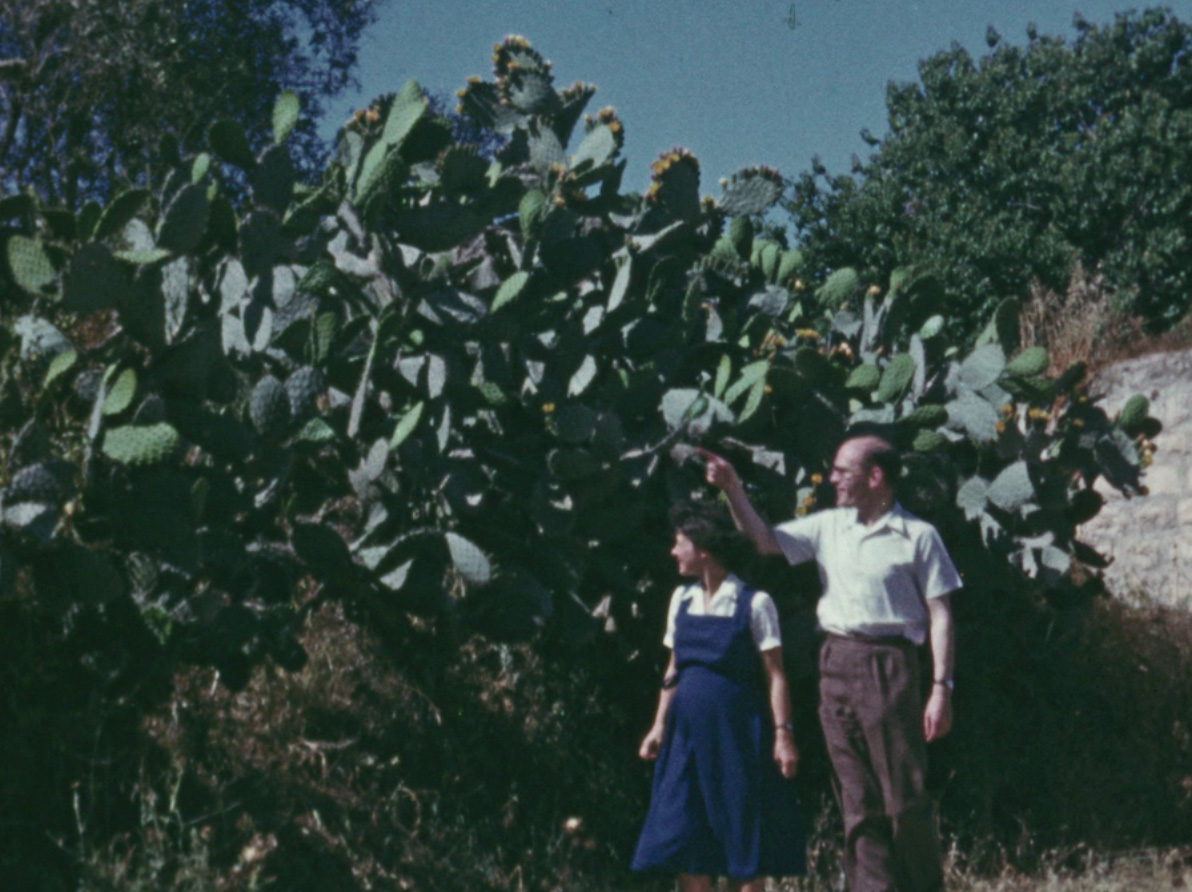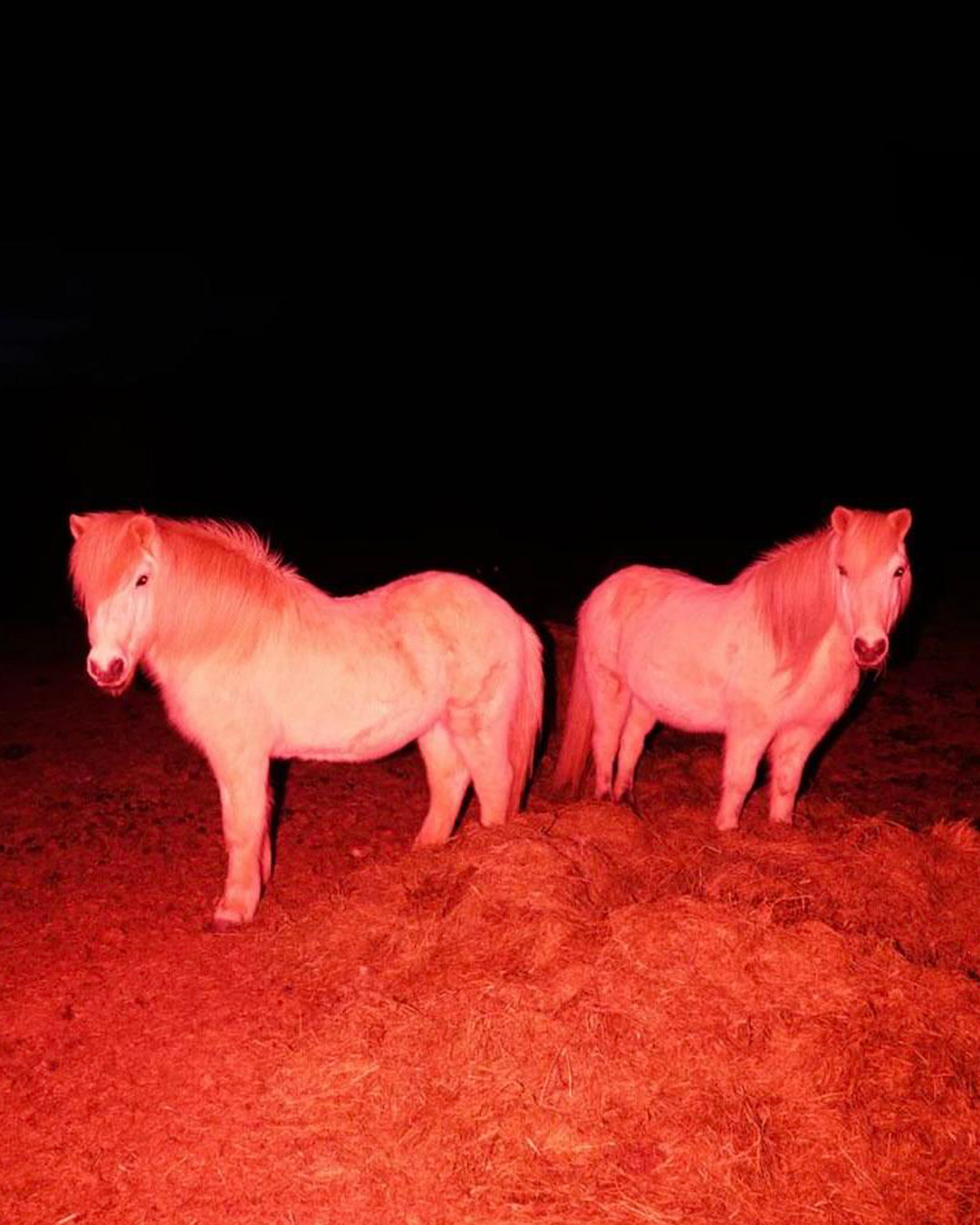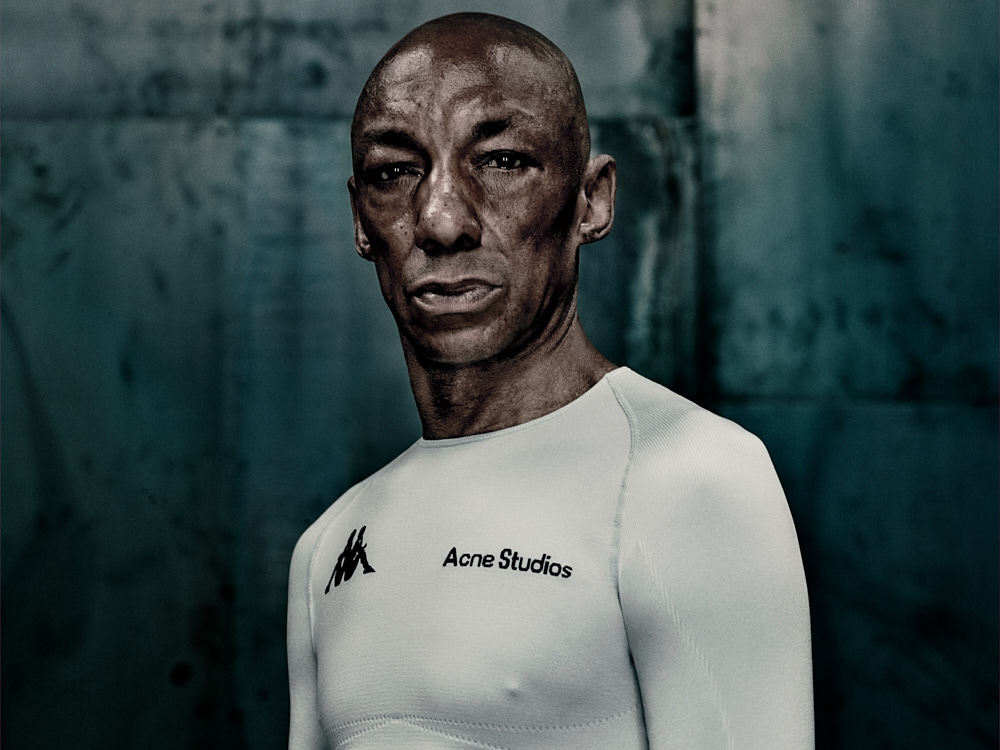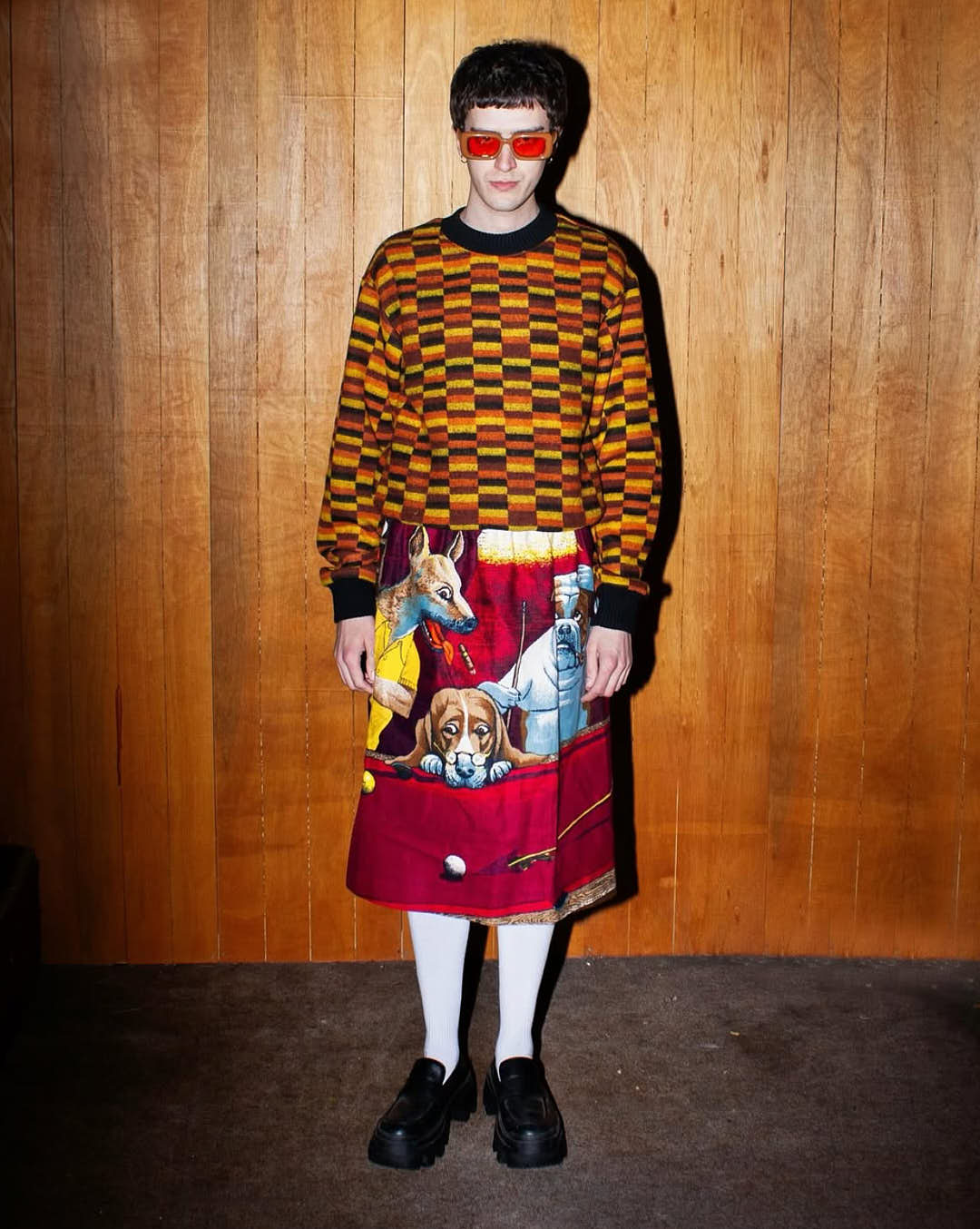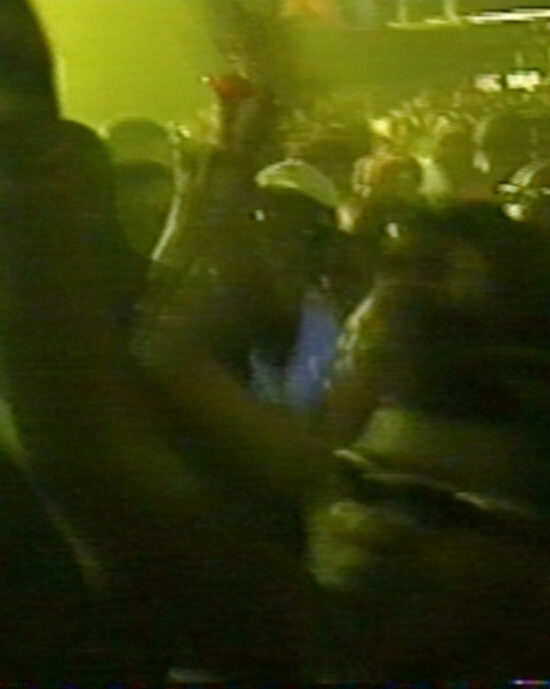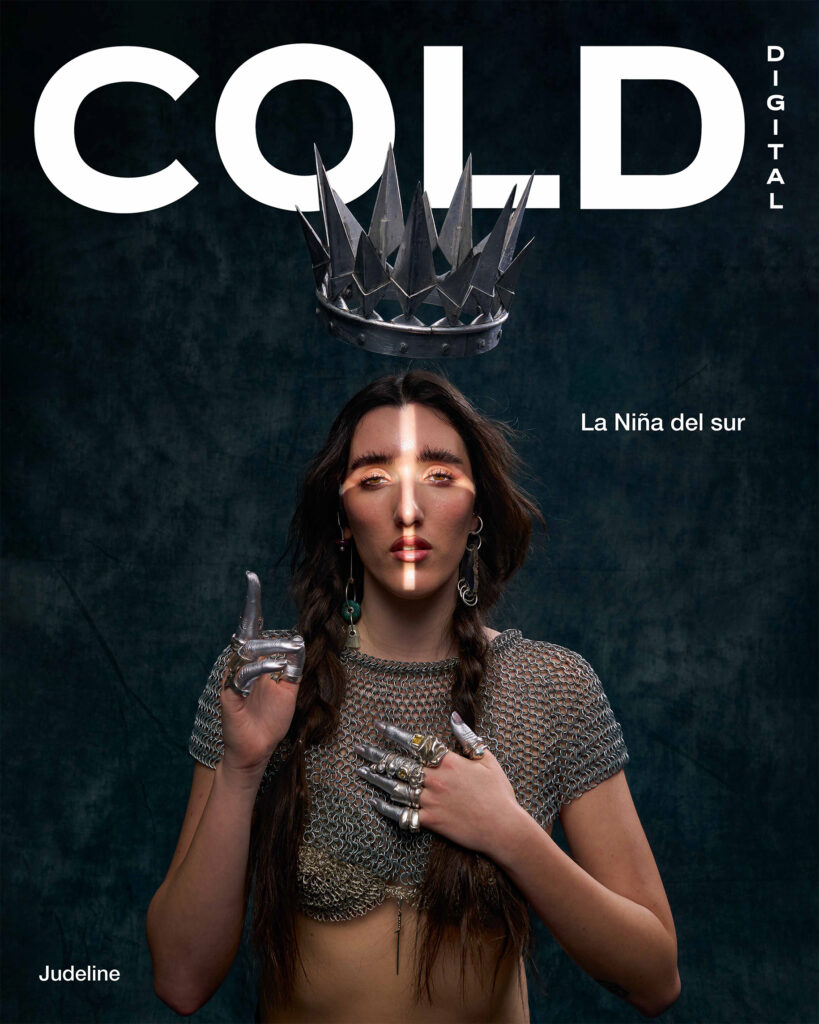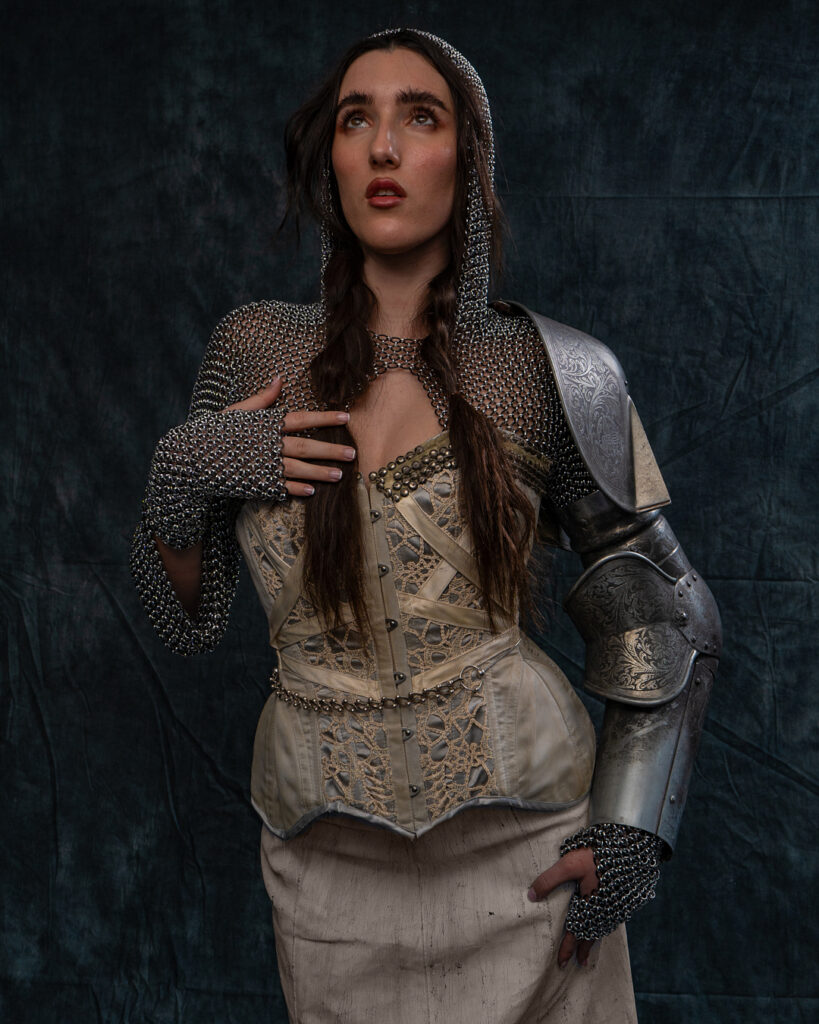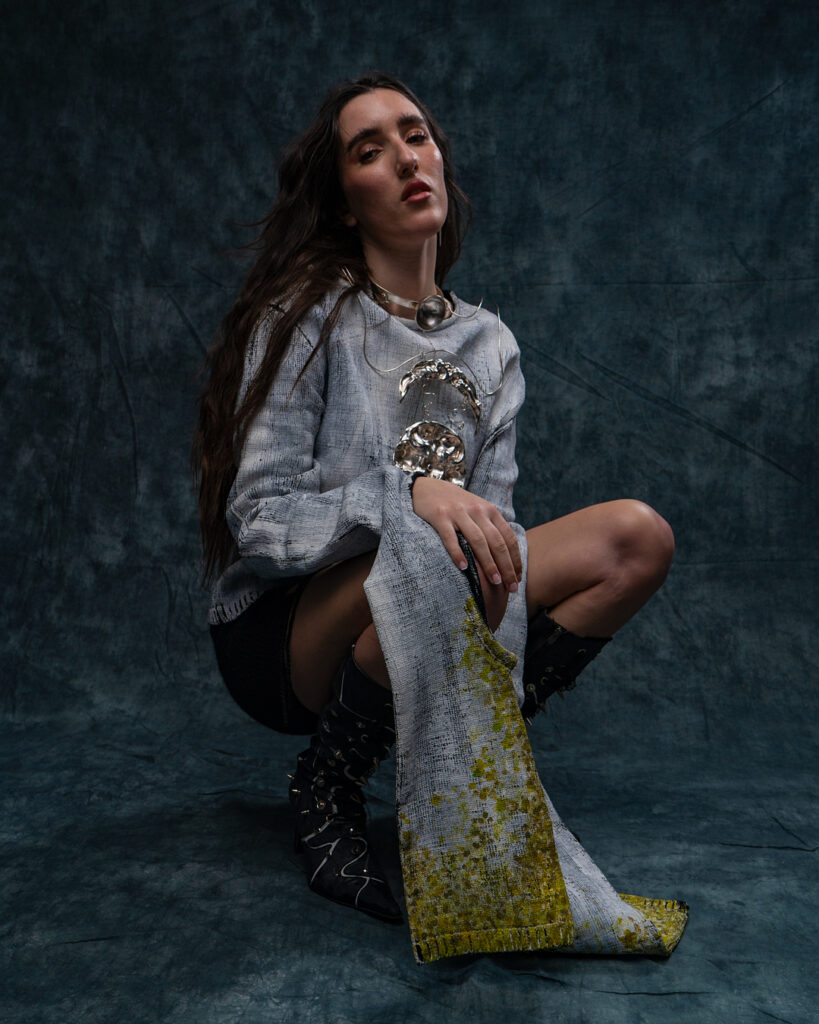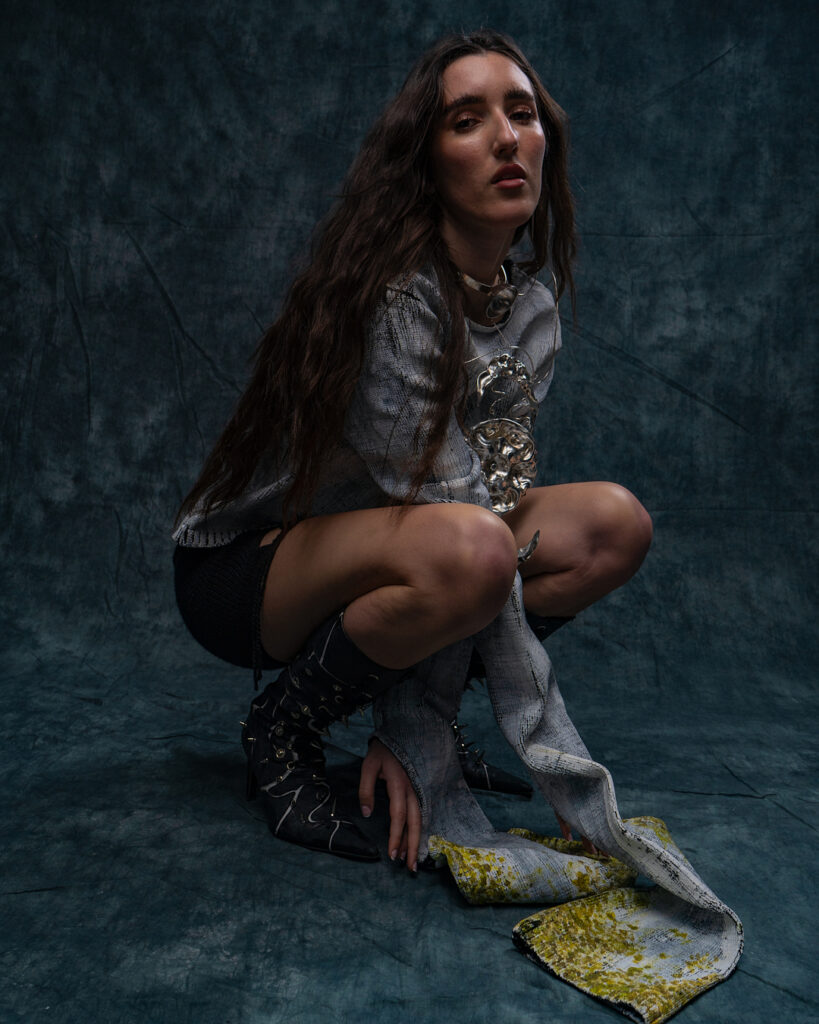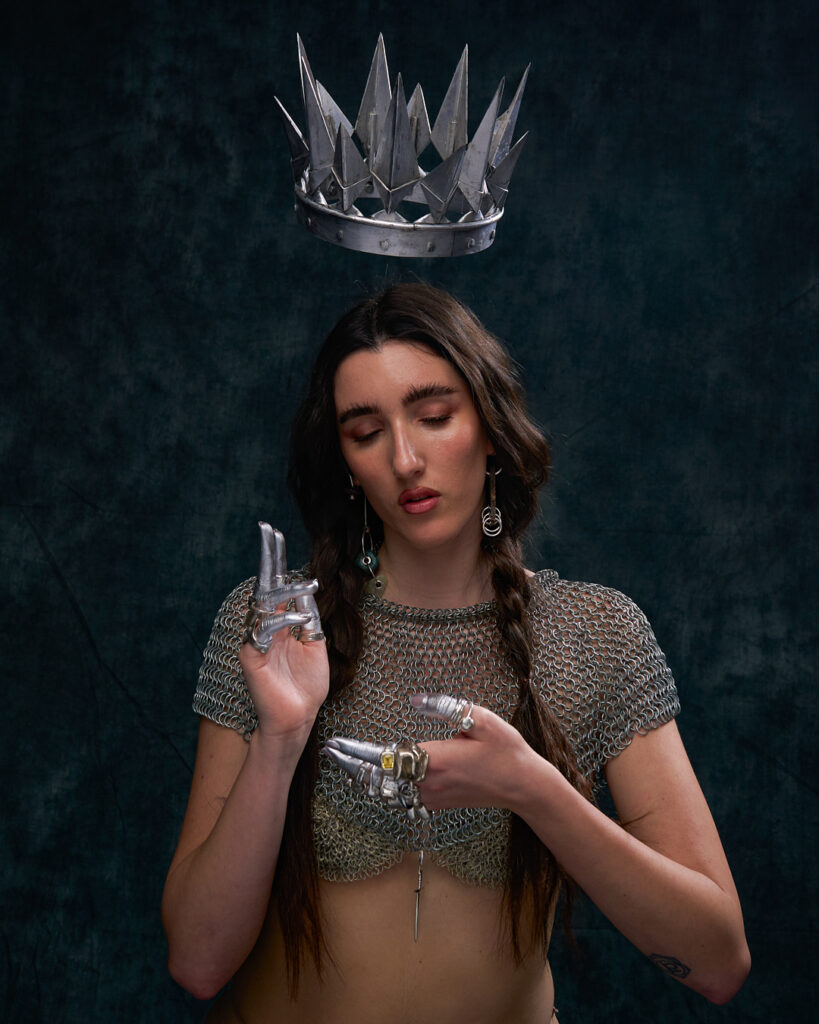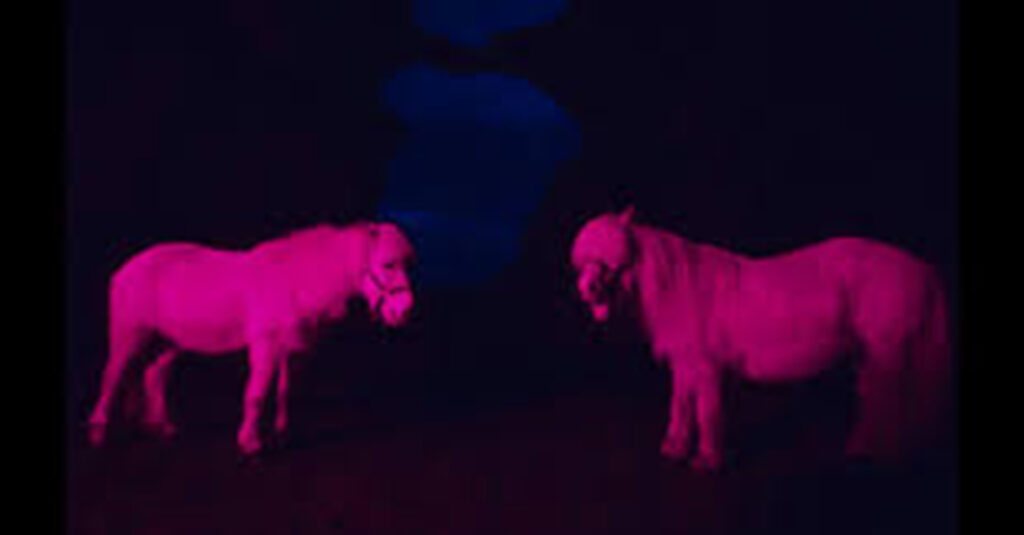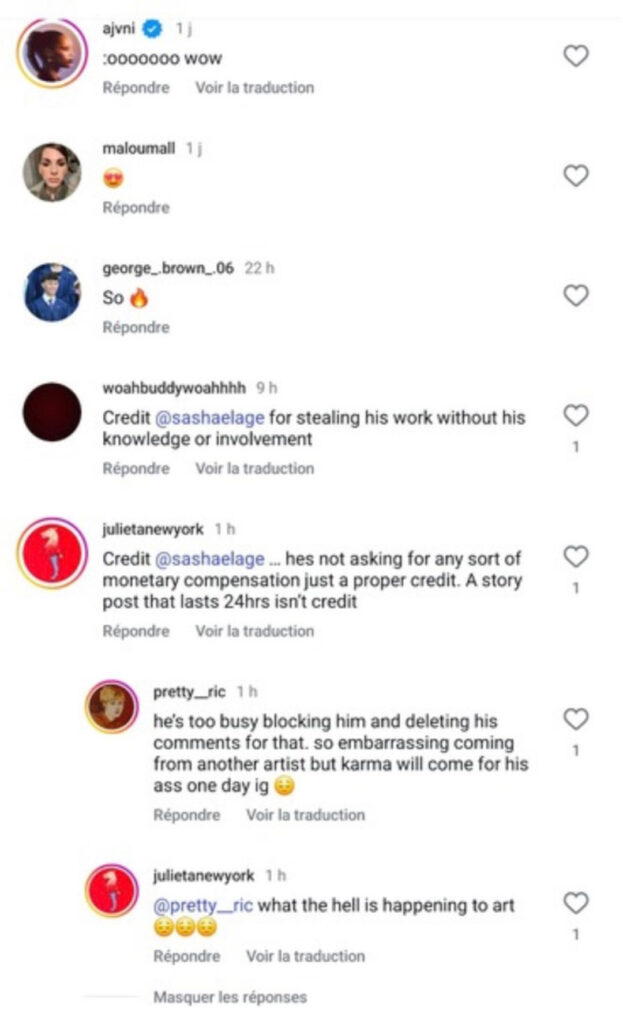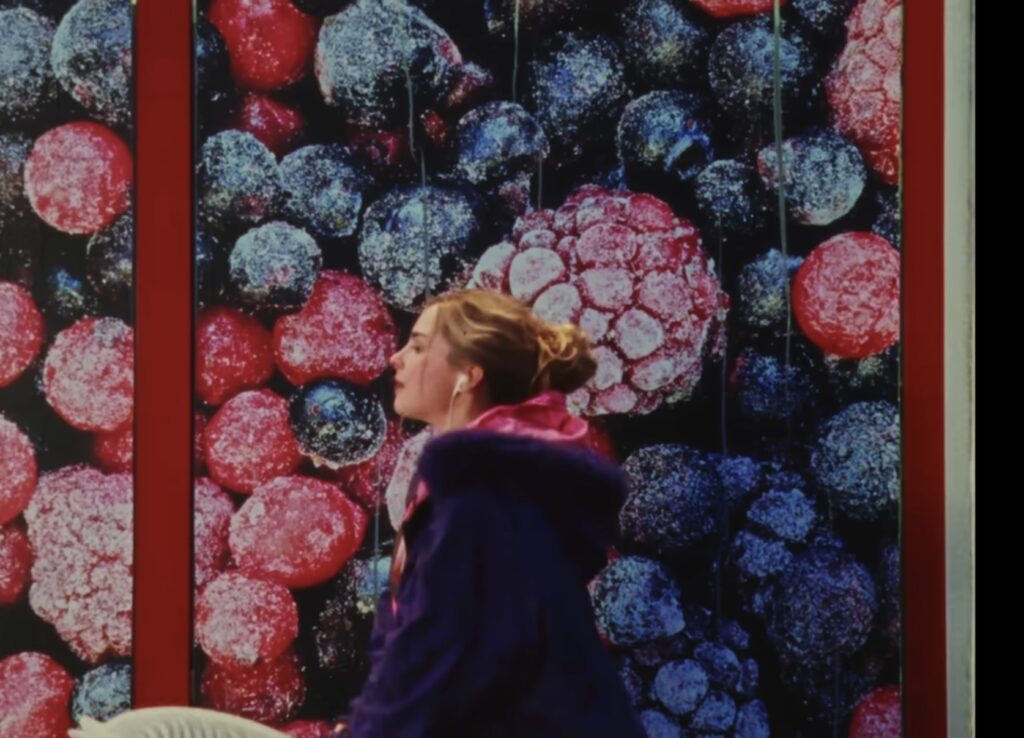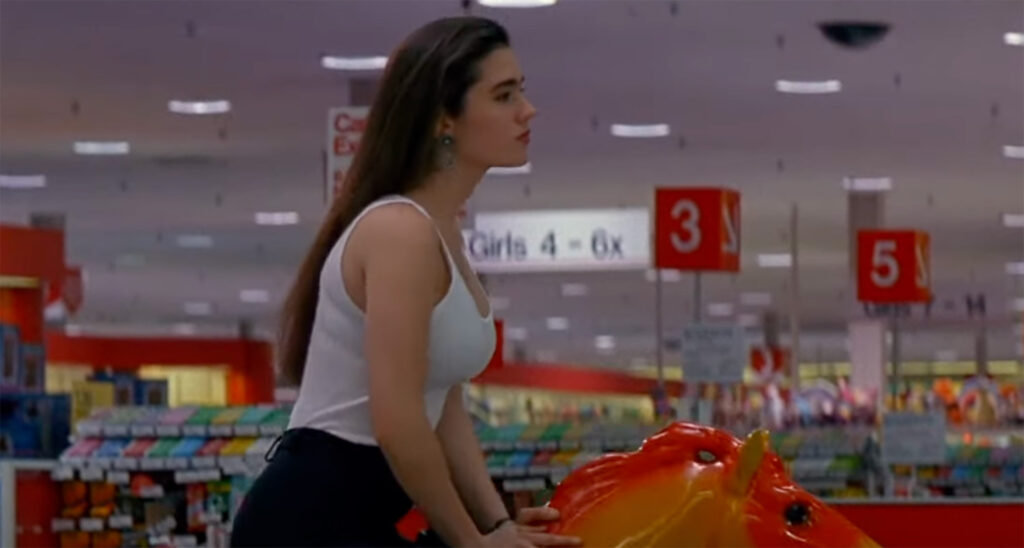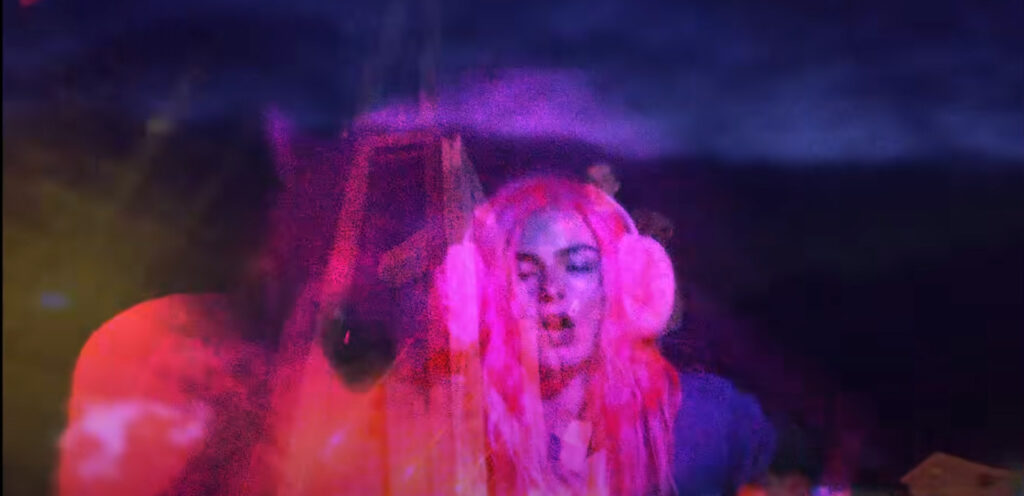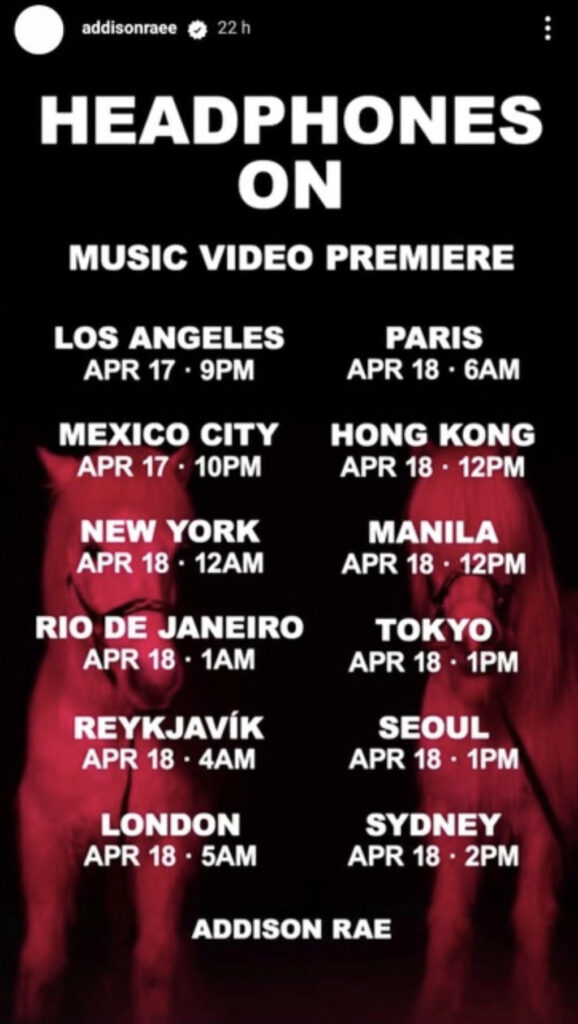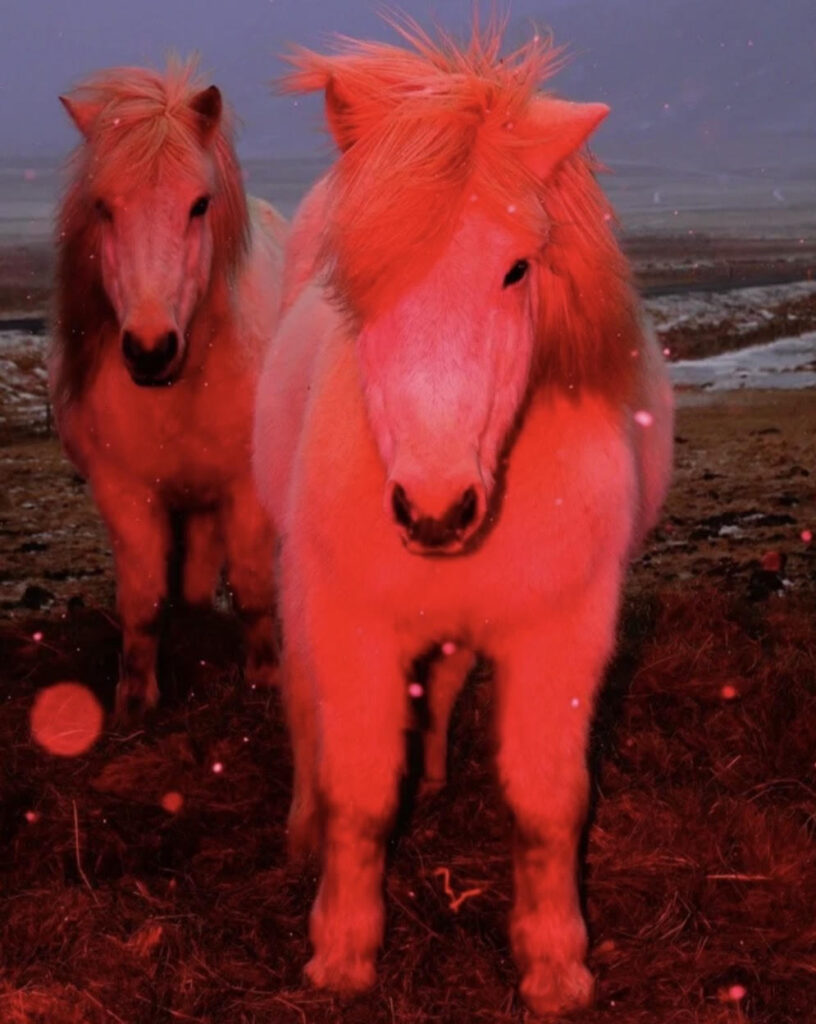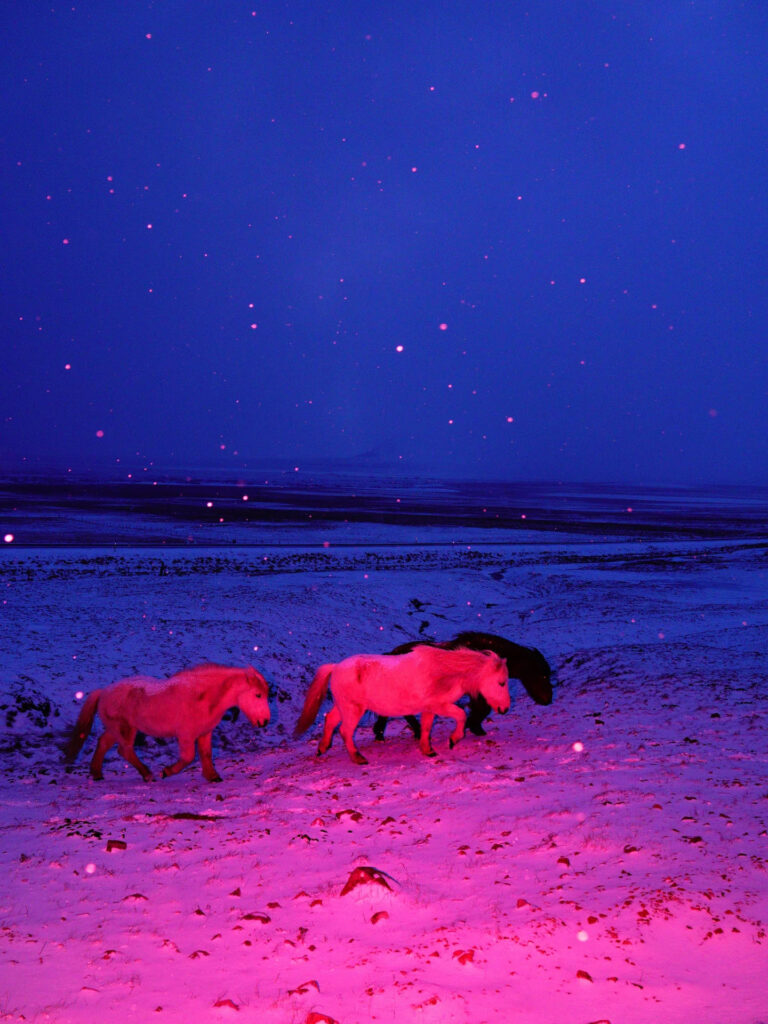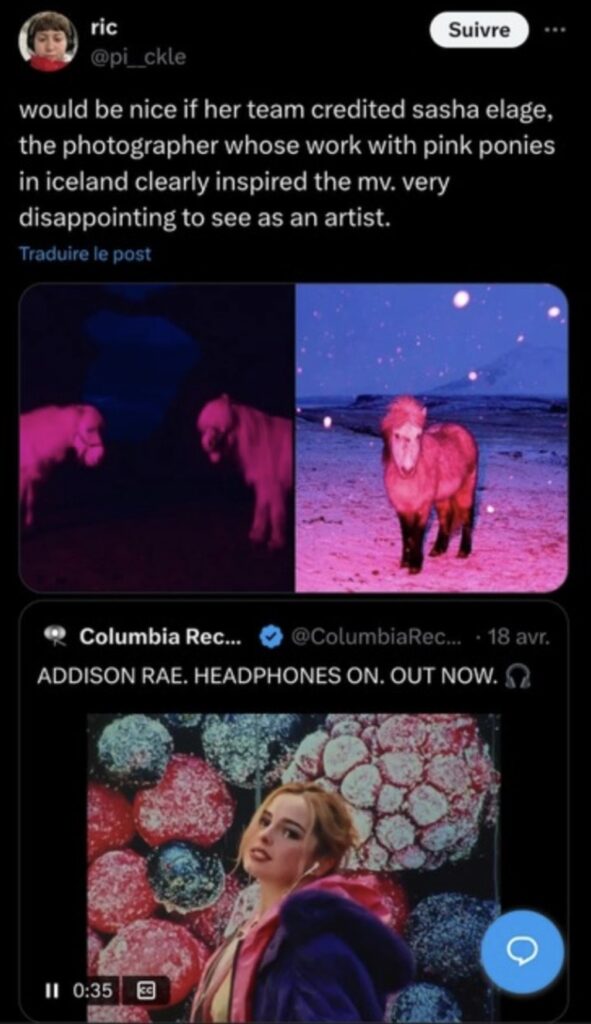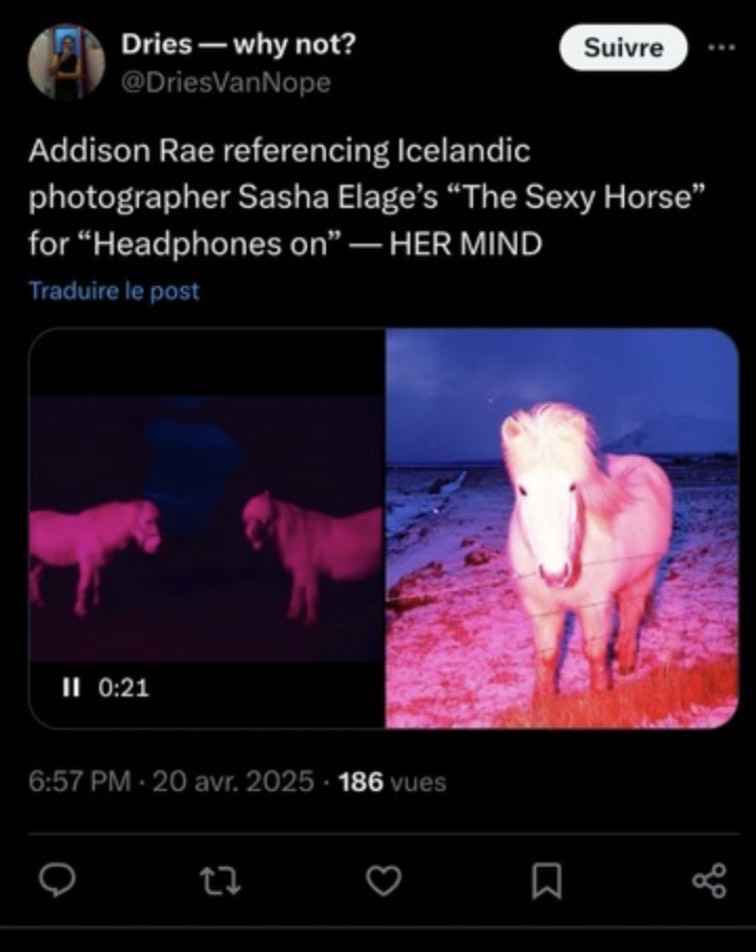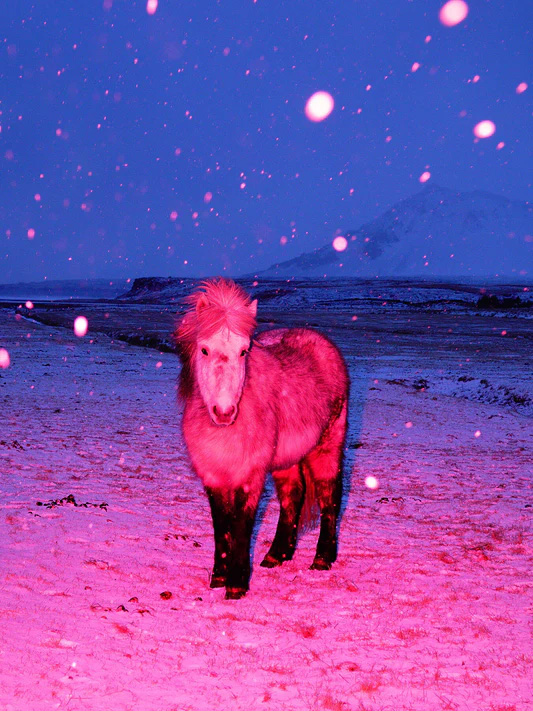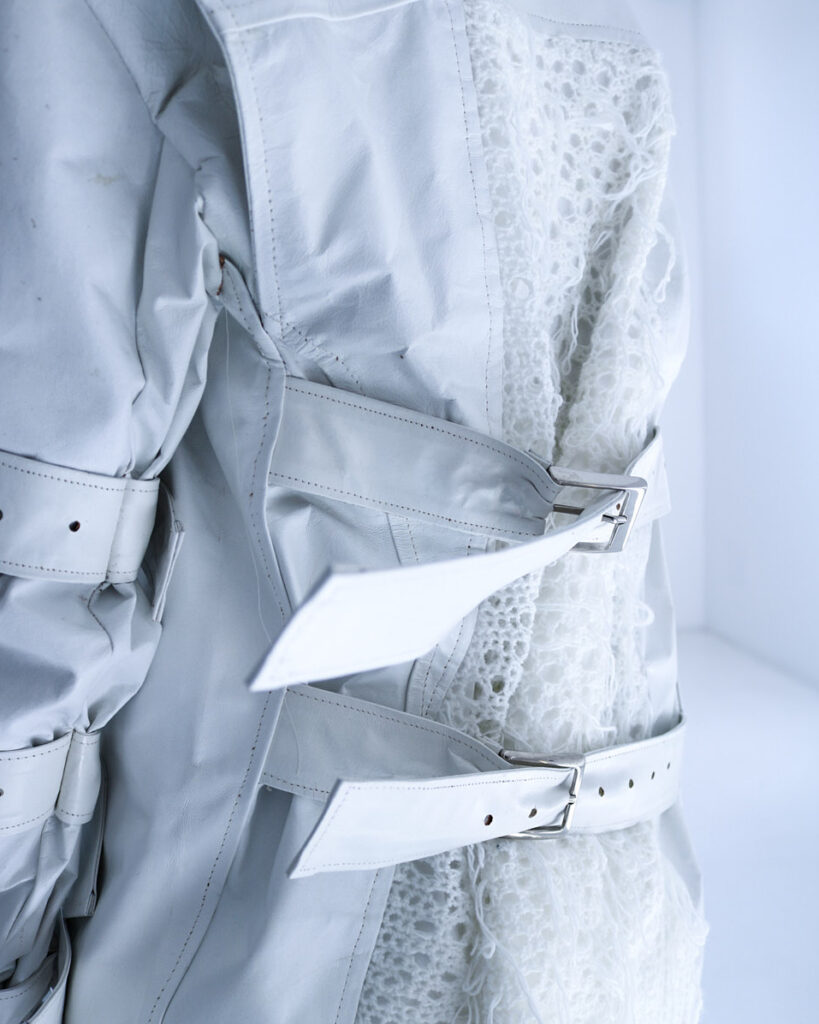
GABRIELE GUIDETTI
CM: How would you describe your identity as a designer in a few words?
I don’t know if I have a fixed identity. Maybe I’m still figuring it out. What I know is that I’m drawn to silence, to discomfort, and I try to turn those feelings into form. That’s the only constant so far.
CM: What inspired you to become a designer and start creating fashion?
I never thought of fashion as an industry. For me, it was a way to process discomfort — to hold the things that didn’t fit anywhere else. I started creating because I felt that some feelings needed structure. And some silences needed to be worn.
CM: What concept or message drives your work?
I don’t design to deliver messages. I create because I need to understand something — often something fragile, something I can’t express in words. If others recognize themselves in that, then it becomes a shared language.
CM: Where do you draw inspiration for your collections?
From sterile spaces, white rooms, institutional order — places where control becomes oppressive.
But also from touch, from texture. A cracked surface, a handmade detail, can say more about a person than a perfect silhouette. Cinema plays a central role in my creative imagination. I am deeply inspired by Japanese Nouvelle Vague films, whose unique atmospheres and cinematography deeply influence my work.
CM: Is there a personal story behind your journey as a designer?
There’s no grand story. I think I started making things because I didn’t know how else to process certain emotions. Making clothes felt safer than speaking.

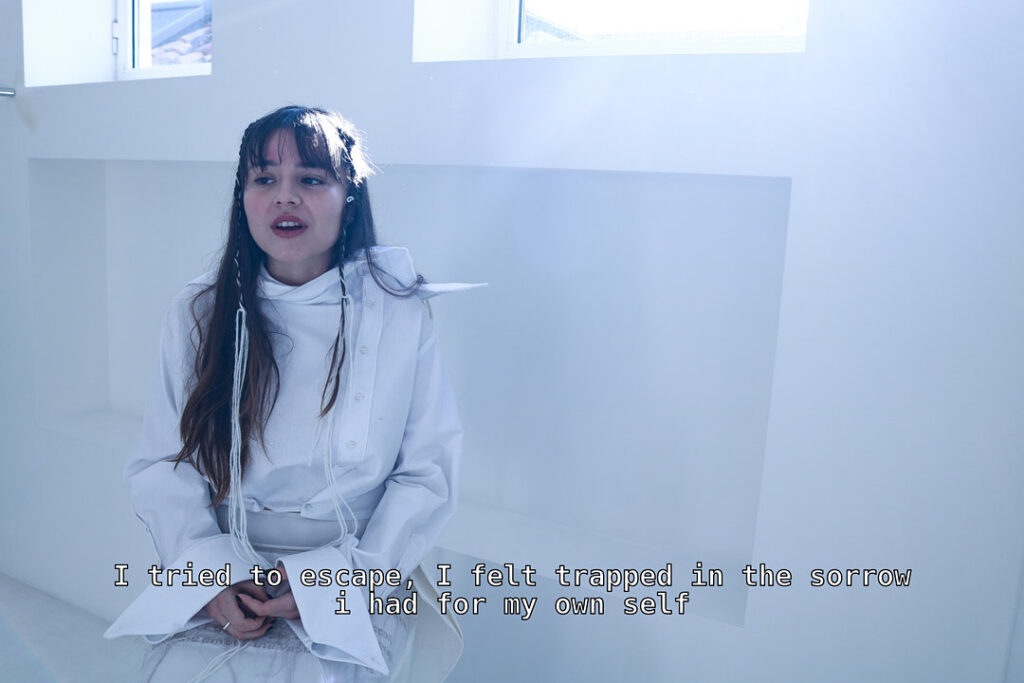
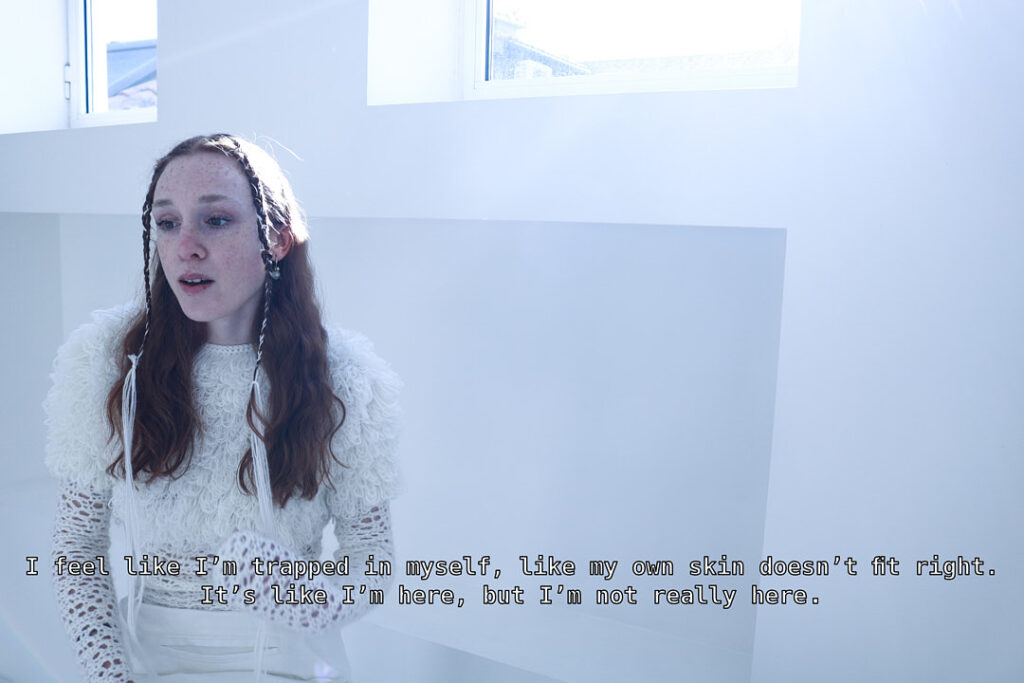
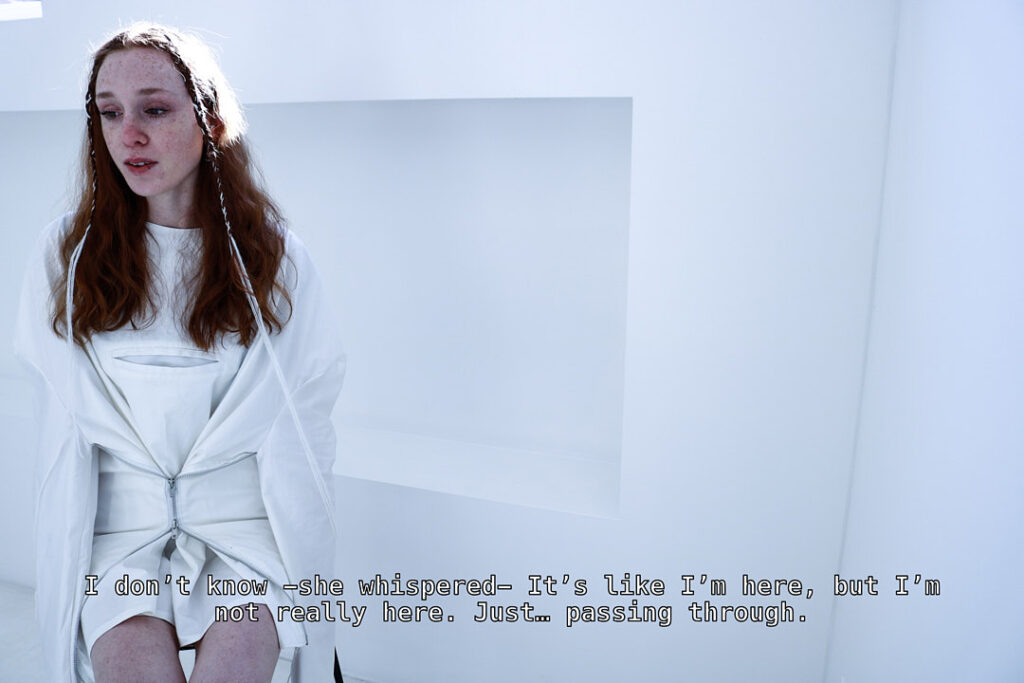
CM: What is your approach to design? Do you start from an image, a fabric, a feeling…?
Always from a feeling. Usually one I can’t explain — a fracture, a discomfort. I try to let the materials carry that tension. Especially with bags — I love designing bags because they’re like sealed stories. Functional, but intimate. Carriers of disorder hidden in structure.
CM: How do you select the materials or techniques you work with?
The materials speak. I don’t force them. If something feels too polished, too “perfect,” I break it. I
love contradictions — leather next to handmade crochet. Like control standing next to collapse.
It’s how the mind feels when it’s close to the edge.
CM: Is there a particular piece or collection you feel especially connected to? Why?
I think the pieces I’m most attached to are the bags. There’s something about their function — about carrying, containing, protecting — that feels deeply symbolic to me. Designing bags allows me to work with structure and intimacy at the same time. They’re like small architectures that hold fragments of identity.
CM: What are the core values that guide you as a designer?
Truth. Tension. I don’t believe in clothes that entertain. I believe in clothes that reveal — or disturb. That carry something invisible.
CM: How do you relate to the concept of ethical or sustainable fashion?
It’s something I think about, even if I don’t have all the answers. I try to work with what I already have, to produce less and better. For me, it’s also about being mindful — not just of materials, but of why I’m making something in the first place.
CM: Who do you envision wearing your creations? What does your ideal community look like?
I think about people who feel a bit out of place — like I often do. People who don’t want to fit into something too polished or predefined. My ideal community isn’t about style, but about a shared sensitivity, a quiet resistance.
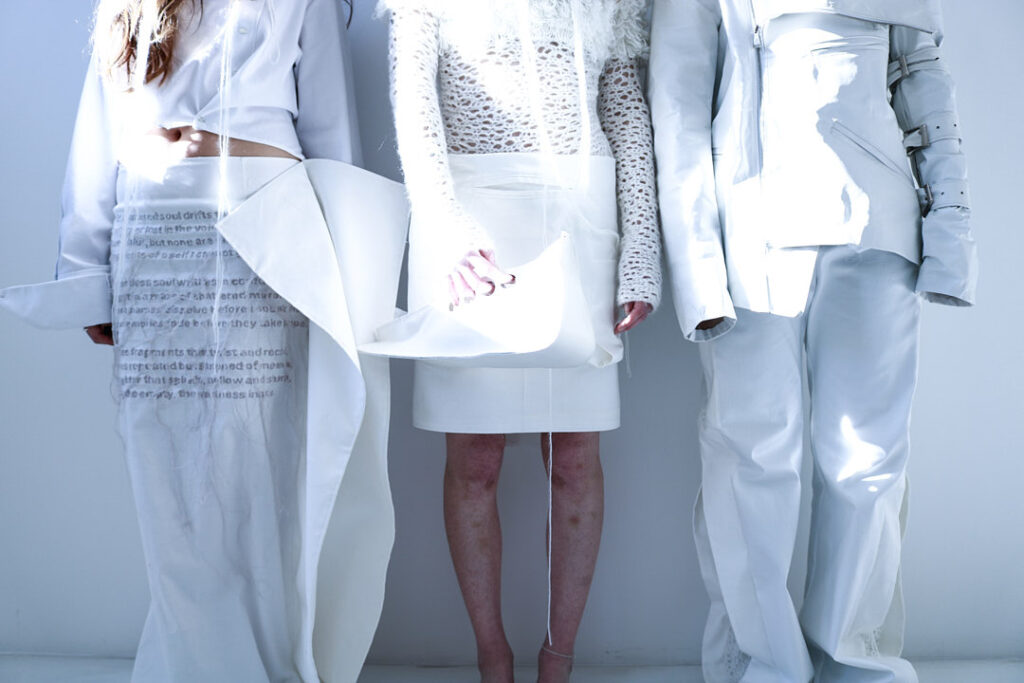
CM: What has been the biggest challenge in your journey as a designer so far?
Believing that what I do is valid. Sometimes it’s hard to keep going when things move so fast around you. I’m still learning how to hold my own pace.
CM: What does it mean to you to be “emerging” in today’s fashion world?
I’m not interested in “emerging.” I’m interested in staying true. Fashion today is obsessed with newness, speed, visibility — but I believe in silence, in slow growing. Maybe I will never emerge. Maybe that’s okay.
CM: What is your long-term dream or goal as a designer?
I don’t have a dream of arrival. I just want to keep asking questions. To keep making pieces that feel like memories — or warnings. I don’t want to build a brand. I want to build a language.
CM: Is there a mentor, figure, or brand that has deeply inspired you?
There isn’t one specific figure, but I’m drawn to those who work quietly and intensely, often outside the spotlight. I find a lot of inspiration in the Japanese Nouvelle Vague — directors like Hiroshi Teshigahara or Nagisa Ōshima. Their way of portraying silence, control, emotional fragmentation… it feels very close to how I experience and build my work. Sometimes I think I’m trying to translate that kind of atmosphere into garments.
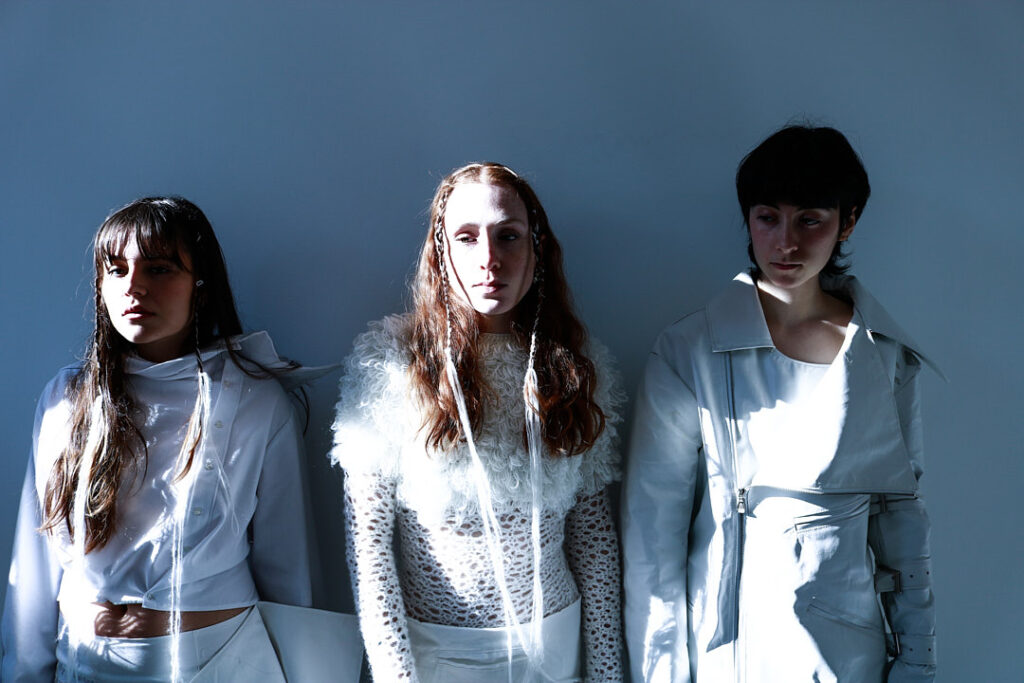
CM: How do you envision the future of independent fashion in the coming years?
More fragmented. More honest. Maybe smaller, maybe lonelier. But also freer — if we’re willing to
leave behind the myth of success and embrace the rawness of creating for the sake of asking better questions.
CM: What role do you think fashion plays today in storytelling or activism?
Fashion doesn’t need to scream to be political. Sometimes, a quiet piece — worn differently, lived differently — can resist more than a slogan. My clothes are not answers. They are questions you wear.
CM: Are there any upcoming projects or collaborations you’re currently working on?
Yes. I’m working on a new collection that revolves around the concept of Ultraelettronica — a space where the body is no longer just biological, but filtered, simulated, consumed. It’s inspired
by sterile, disturbing imaginaries like the ones in the movie “Antiviral” by Brandon Cronenberg, where intimacy is commodified and identity dissolves into visibility. I’m trying to understand what happens when technology doesn’t just assist the human, but rewrites it, even its fragilities.
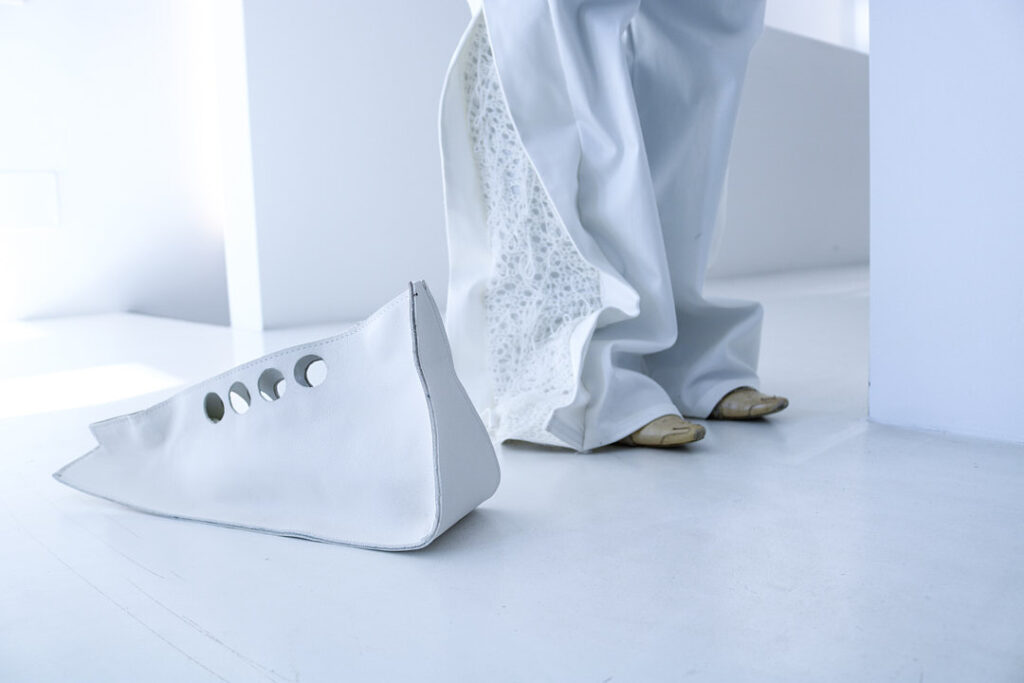
CREDITS:
Photo: Angelo Cimino
Models: Rebecca Costa, Anna Monti, Isabella Ferra.

